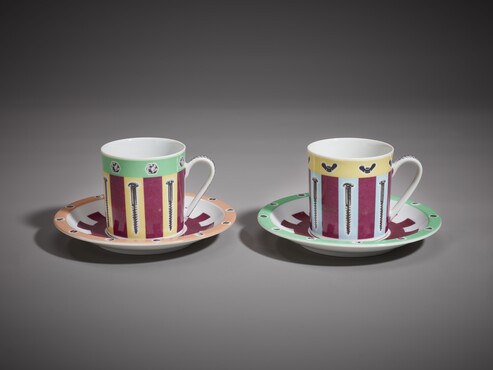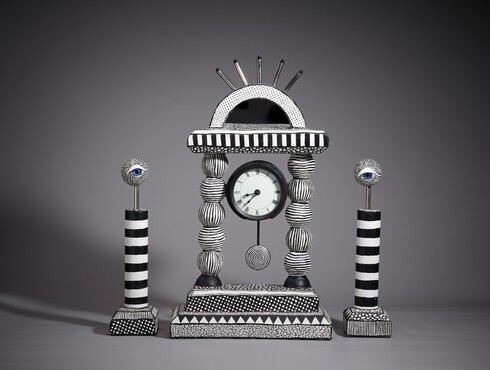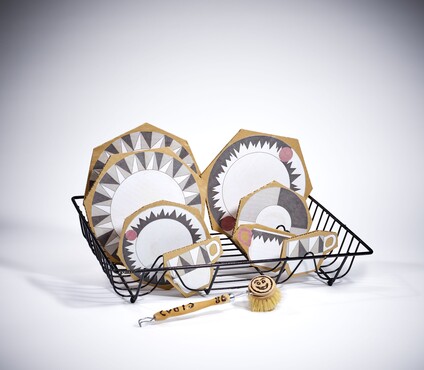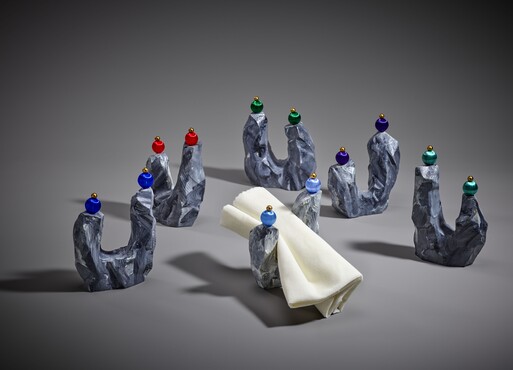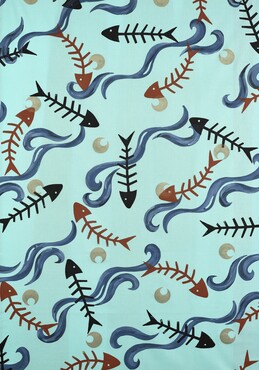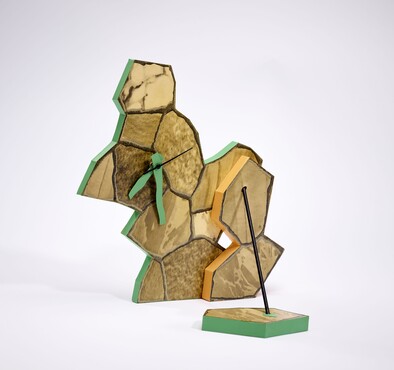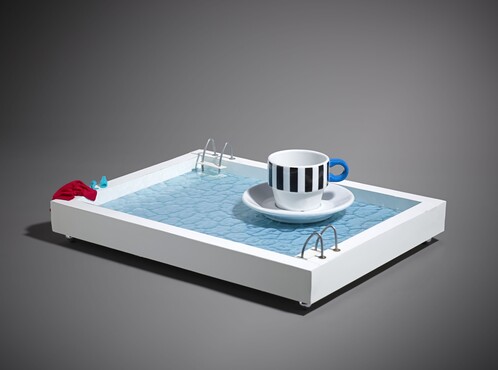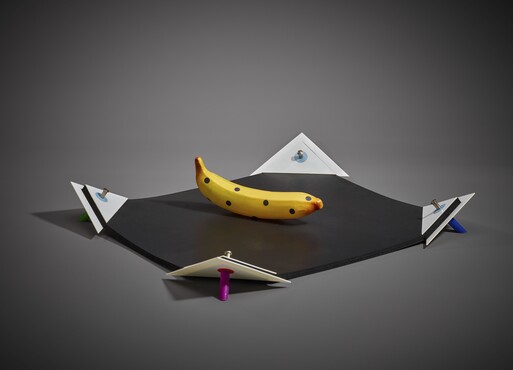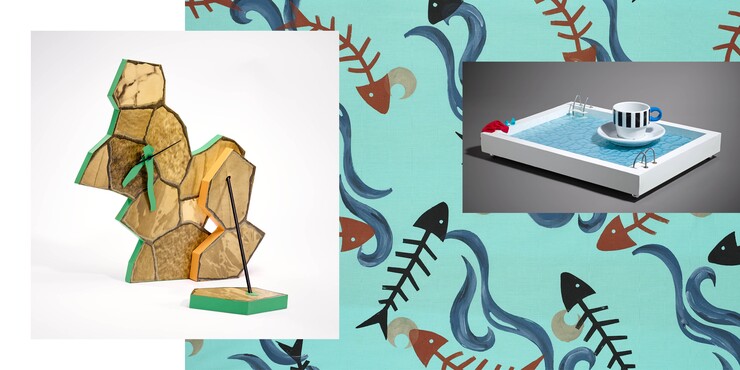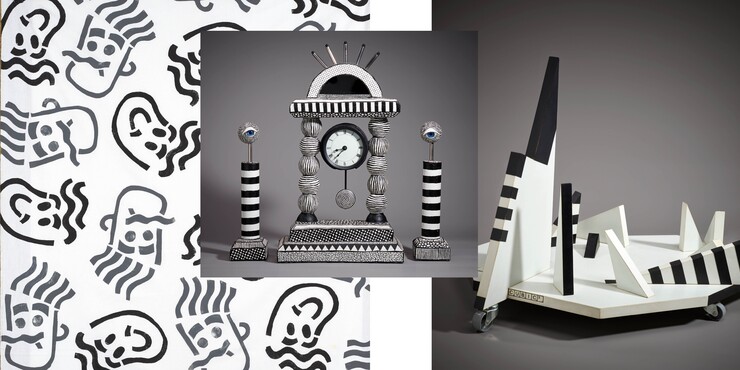Ontdek de collectie
Kunstmuseum Den Haag has a treasure chamber of over 160.000 pieces of art. Here we work on making the highlights from this collection available online.
Cubic 3 Design (1981-1995)
Polyurethane-foam vases, colourful interiors, porcelain cups for construction workers, a mantle clock with eyes on columns: working together between 1981 and 1995 as Cubic 3 Design, Ton Hoogerwerf and Gerwin van Vulpen mostly designed to satisfy their own sense of fun. They created witty, ambiguous objects that reflected social themes and questioned the design profession. Their work, which was difficult to define, deviated completely from the modernist design canon. With their ‘anything goes’ mentality, Hoogerwerf and Van Vulpen rebelled against the ‘form follows function’ doctrine of established designers such as Wim Crouwel and paved the way for the ironic, conceptual Dutch Design that achieved international recognition in the 1990s with Droog Design. The exhibition Cubic 3 Design (1981-1995) reveals a fascinating body of work that rejected dogmatic design principles, created within a defining period in Dutch design history.
Film: Studio Roodenburch
First survey
Sometimes a designer’s relevance only becomes apparent years later. Cubic 3’s work was frequently featured in lifestyle magazines and international design glossies, but the trade press and museums paid little attention to it. As a result, their work was in danger of being forgotten. Since several of their designs were shown in the Speculative Design Archive at Het Nieuwe Instituut in 2018, there has been a renewal interest in their work – and rightly so. In retrospect, Hoogerwerf and Van Vulpen’s alternative working method and ambiguous, subversive design mentality seem to form an indispensable link in our understanding of Droog Design and later design practices in which DIY, humour and ironic references have become important ingredients.
Cubic 3 Design (1981-1995) is the first exhibition to examine the complete output of this duo that has been so important for the development of Dutch design but is still a missing from the history books. This exhibition and the accompanying publication allow us to re-assess design history. Hoogerwerf and Van Vulpen have been closely involved in the design of the exhibition.

